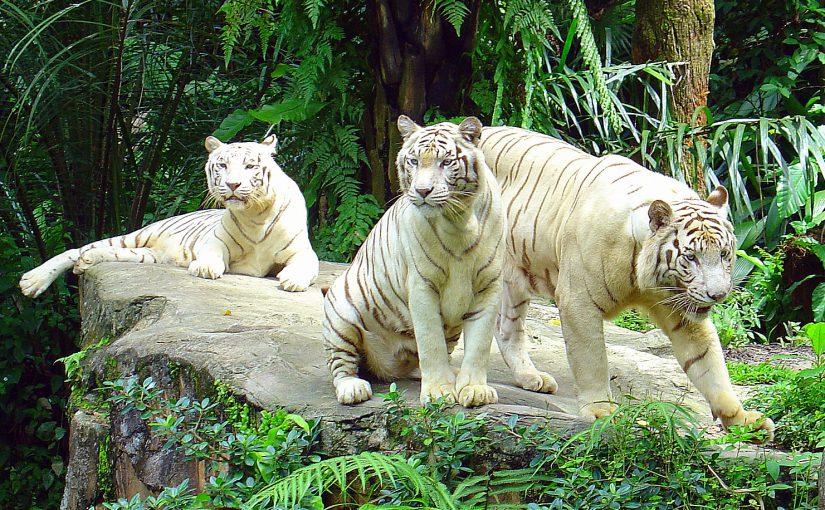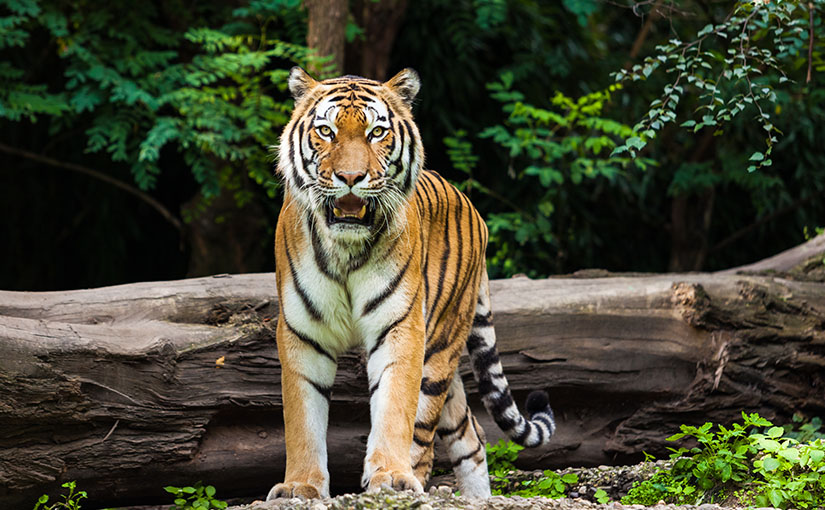Conservation Story 15: The Truth about White Tigers
Conservation Story 15: The Truth about White Tigers
22 Jun 2021
High-profile television coverage of tigers in captivity has been giving a misleading impression that breeding tigers in captivity is the only way to save the species, when it could not be further away from the truth.
Globally, there are some legitimate conservation breeding programmes for tigers that if appropriately managed, could be used to re-establish wild populations in the future. However, there are an estimated of over 8,000 tigers in captivity across China, Laos, Thailand and Viet Nam and over 5,000 in the US, with most providing absolutely no conservation benefit whatsoever to the world’s remaining 3,900 wild tigers.
Leigh Henry, Director of Wildlife Policy at WWF-US explains why the promotion of “endangered” white tigers, as an example, is a ploy to profit from captive tigers while providing no benefit to wild tiger conservation.
1. White tigers are falsely marketed as a highly endangered species
White tigers are not a separate subspecies of tiger. The colour of their coat is the result of a genetic mutation called leucism. In fact, this white coat would be a hindrance in the wild, as it doesn’t provide a tiger with any camouflage, which greatly reduces their chance of survival.
2. White tigers in captivity exist due to inbreeding
White tiger is a result of a genetic mutation and the most efficient way to breed them is by using two tigers who have the recessive alleles needed to produce offspring with a white coat. In captive breeding facilities these two individuals are often related, making inbreeding common.
3. Inbred tigers are unhealthy tigers
Inbreeding tigers, not just white tigers, is common in captive facilities and inbred tigers suffer from a range of significant health problems. Common issues include spinal deformities, defective organs and immune deficiencies. Instead of admiring the colour of the tigers’ coats, we should be asking ourselves why these tigers are here in the first place.
4. They are often bred for cash, not conservation
Captive tiger cubs, including white tiger cubs, generate a large amount of revenue for facilities which often do not reach the field conservation projects they say they support. Small tiger cubs are relatively easy to care for, but the constant
stream of new cubs needed by many facilities for photo ops or cub handling for paying customers creates a bigger problem when they reach adulthood. Adult tigers are expensive to care for and require larger and more secure enclosures. To reduce their numbers, some captive facilities kill their tigers and sell their parts to supply the illegal tiger trade, making a profit for a second time.
The reality of the situation is white tigers are not an endangered species but the result of a rare genetic anomaly, which does not require conservation. And as long as captive facilities continue to supply tigers, their parts and products into the illegal trade which fuels the demand for tiger products, wild tigers will always be at risk. In Asia, where over 8,000 tigers are estimated to be in captivity, WWF is calling on governments to commit to phasing out tiger farms and instituting clear bans on trade in tigers and their parts and products, from any source, wild or captive.
Conservation Story 16: Dozens of Tigers Rescued in Viet Nam’s Major Illegal Wildlife Busts
Images licenced through https://en.wikipedia.org/wiki/en:Creative Commons











